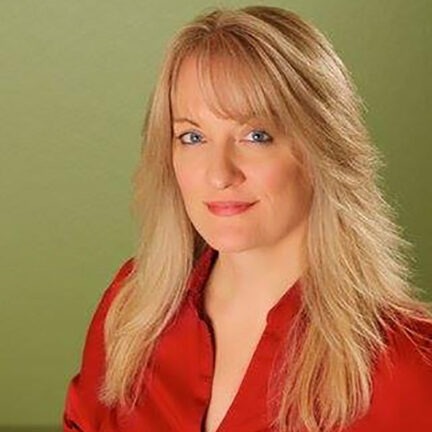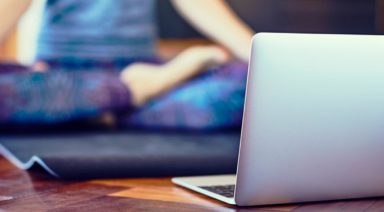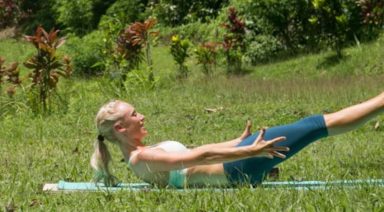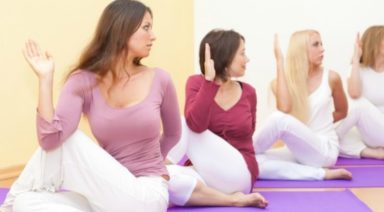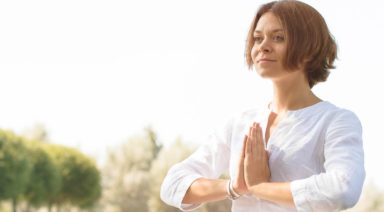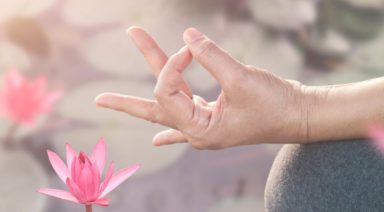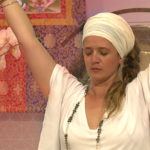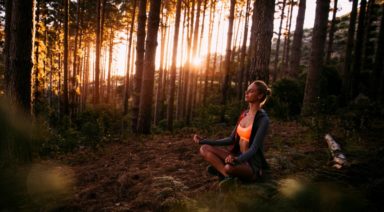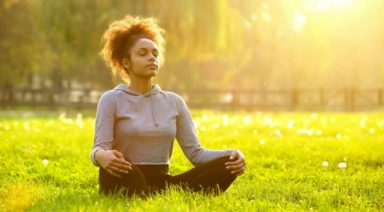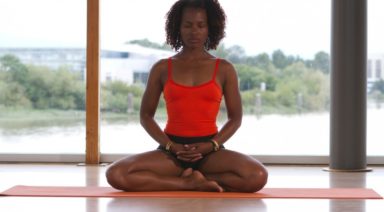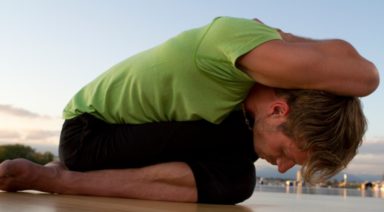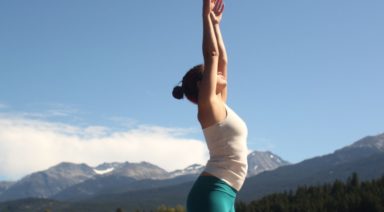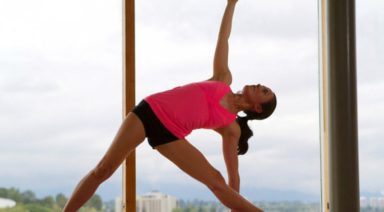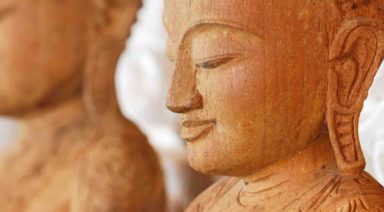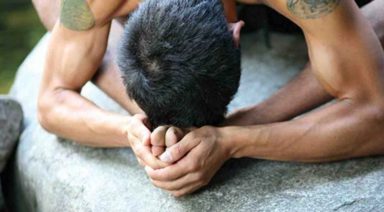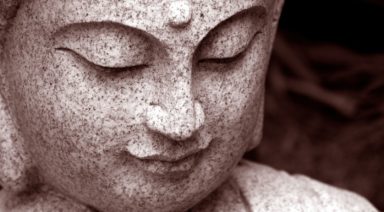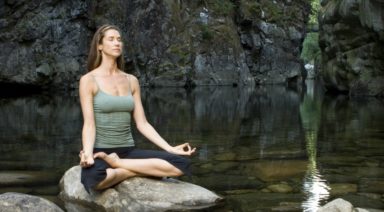How to Choose a Yoga Teacher
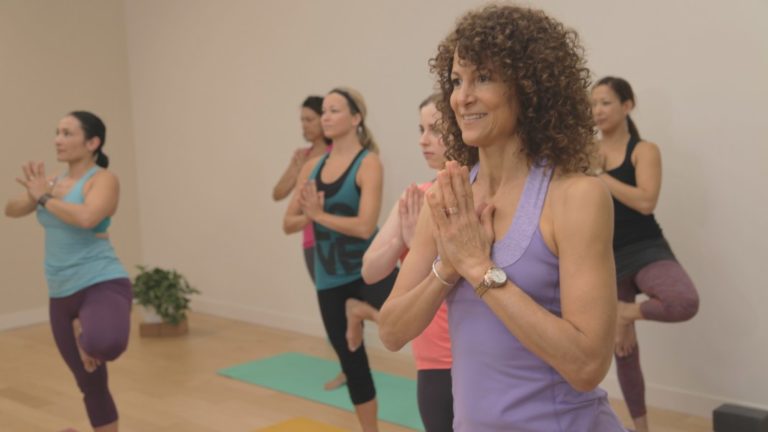
A notable issue for new yogis is the selection of a teacher. It used to be that we found ourselves driving by a school in our local area and attended it without much thought, hoping for the best. Now we have many options within local areas and online. It can feel quite overwhelming to know where to go and what to do but I have some guidelines that can help.
First let’s go over two important points:
- Train with more than one teacher. You don’t want your whole practice to rely solely on one teacher or teaching, only to find it disappear or be knocked off of a pedestal for you if some kind of drama or emergency happens for a teacher. Let your practice be YOUR practice.
- The teachers you choose now may not be the teachers you choose 6 months from now. Learn to flow with your practice as it evolves. Though it is best to find a main teacher or teaching to focus on, you have to sample many to find the one for you.
With this in mind, let’s discuss how to select a core teacher for your practice. The four main things to look for when selecting a teacher are: Personality, Vibe, Commitment, and Background. Too often we look at a teacher’s background before we look at anything else and make a decision to attend class based on that alone. Yes this is important, but when it comes to something so personal as yoga training (and your ability to stick with it!) you should strive to find someone with a personality and vibe that fits well with you first. When you feel a connection to a teacher, you can fully get involved in the class and have an experience, instead of just learning a set of movements.
For example, I LOVE quantum physics but if the top expert in the field is grumpy and negative, I will not enjoy training with him and may even give up my love for the field if I try to do so. For me heart and balanced openness is key.
Of course, no one is perfect, but be mindful of how you feel with certain teachers. Some people really love being pushed to their limit and will do best with strong ‘in-your-face’ teachers. I have a colleague who likes worldly yet negative people, he says they are ‘realistic’. So he likes hearing his teacher say “This pose ain’t gonna give you enlightenment, but you will feel a little better, hopefully.”
- So what’s key for you?
- What is the first thing you notice about someone?
- What is the first thing you notice about a teacher?
- What is important to you about who they are?
- What makes you feel comfortable around someone in authority? (A lot of stuff can come up in yoga class so you need to feel comfortable).
Then look at their commitment. Are they committed to helping students? Do they seem to enjoy teaching? Are they available in the class, which means paying attention to students? (Online this means – they pay attention to the fact that there are people behind the camera as well as in the room). Do they read yoga teachings and do things to serve their personal practice? If they have reached a high level in their practice, do they serve their community?
Now look at their background. If the class is mostly about physical poses then you do want to know where they trained. You want to feel comfortable that they have an understanding of anatomy and how to work with those who have injuries. Always take care of yourself first, and speak up if you feel any pain. A good teacher will welcome questions.
Also, if you use these guidelines you won’t miss out on an amazing beginner teacher. Times are changing and some newer teachers really do have a lot to offer. It’s all about you and what you need.
My over all suggestion is to select a main teacher, and have other teachers that flow in and out of your yoga life. Sometimes we learn who we are by seeing who we are not. If you are all into power yoga, give a calm slow style a try too once in a while. If you get “triggered” or upset in a different type of class then there just may be something there that you need to work on. Be flexible in your teacher choices as well as in your poses.
3 Ways to Cultivate and Keep a Home Yoga Practice

Starting a home practice can be a daunting task. When I talk to students about starting a home practice, the same topics keep coming up: They don’t have the space or the time, they’ve tried but can’t stick with it or when they try, they don’t end up doing the type of practice they would like to. A home practice can teach you to follow your intuition and how to listen to your body. It will teach you to make time for yourself and it will allow you to reap the benefits daily practice can bring.
Below are my top three tips for starting and keeping, a home practice:
1. Keep a journal, calendar, or both.
Why? It keeps you accountable. By writing on your calendar that you are practicing that night, you’ll motivate yourself to practice so as to avoid staring at your missed commitment the following day. A missed practice can be a big kick in the pants.
I keep my journal on a shelf in my home practice space. When I was working on incorporating consistent practice into my life, having the journal there always got me to go to my practice area, even if I had told myself I didn’t have time, or was too tired to practice. No matter what, I could always convince myself that I had time to jot down what I was feeling in my journal. After a few instances of writing but not practicing, it started to feel ridiculous to be there and not practice. One new habit fed the other.
I have both a calendar and a health journal. I check my practice off on my calendar when I’ve completed it, and I write in the journal even if I don’t do a practice. Both keep me accountable and motivated.
2. Release your expectations. All of them.
Don’t worry about having the “perfect” space to practice. Don’t worry about how much time you were able to spend on your practice on any given day, and definitely don’t worry about the kind of practice you decide to do. Find a spot that’s big enough to roll out your mat and start there. If it helps, you can set up a special space where you can keep your yoga stuff. Try setting up an alter, but don’t let an imagined need for such a space keep you from starting your practice today. All you need is one space that is big enough to lay out a yoga mat. Period.
One of the issues I faced when I was starting my home practice was making the time. It seemed like a rare occasion when I had enough time to do what I would consider to be a practice; however, once I got serious about starting a home practice, this was one of the first beliefs that I had to let go off. Some nights I come to the mat exhausted and my practice is savasana, and only savasana. Whether you practice one pose or fifty, it doesn’t matter. I don’t judge and I don’t talk down to myself as though it wasn’t enough. I don’t wish I’d done “more.” I come to the mat with the time I have and I do what works for me on that day.
This goes for the type of practice too. When I started my home practice, I had this idea in my head that my mornings would be set aside for restorative and that I would rock a vinyasa flow in the evenings. I soon learned that I had to let go of what I thought I should be doing and just do what my body told me to do. If that meant doing restorative, I did restorative. If I felt energized, I did a flow. The same rules as above apply.
Don’t judge it, and don’t think it doesn’t count just because it didn’t meet an expectation you had set out for yourself. If you do, you’ll risk getting caught up in the downward spiral of feeling like you aren’t “really” doing a home practice, and once you’re there, it’s very easy to continue with those thoughts and eventually decide that your excuses and downfalls are more powerful than your wish to practice at home. This is where a lot of us end up. Don’t give up on yourself. Persevere through these thoughts.

